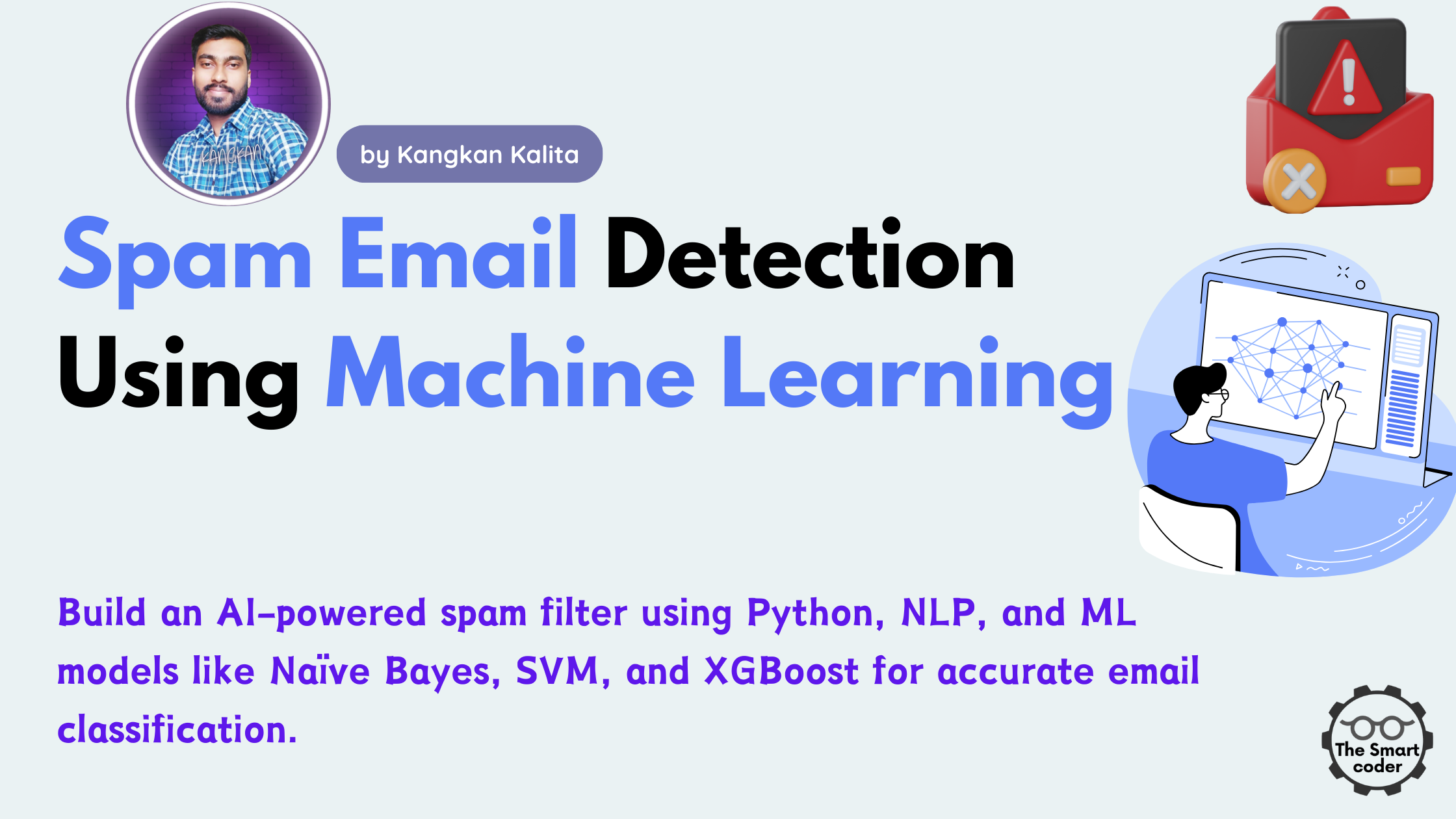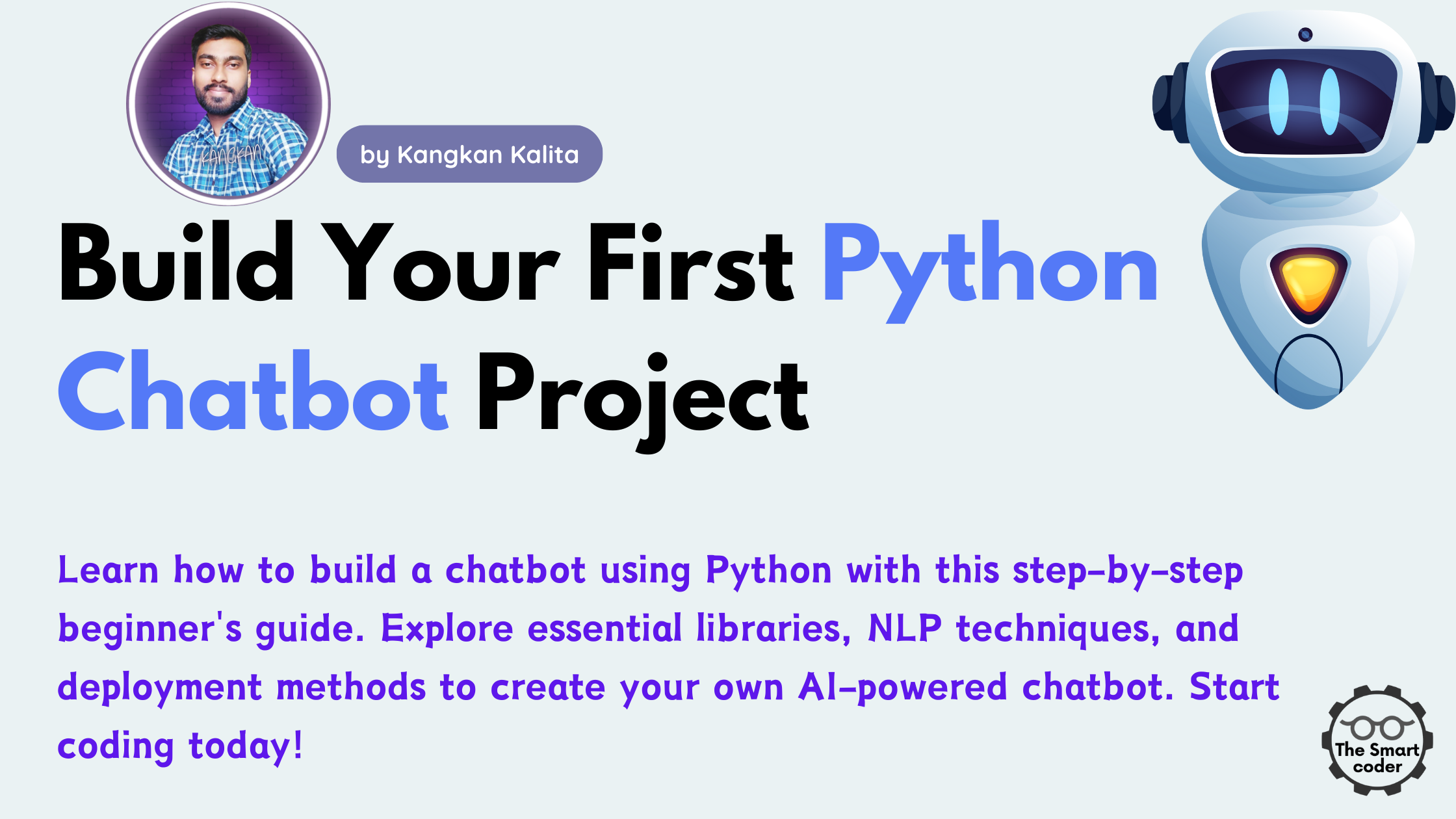Technical Skills Required for Data Scientist in 2025
Technical Skills Required for Data Scientist
The field of data science is booming, thanks to its role in transforming raw data into actionable insights. However, becoming a successful data scientist requires more than just curiosity—it demands a strong grasp of technical skills. In this guide, we’ll delve deep into the Technical Skills Required for Data Scientist to excel in this dynamic field.

Data science is the engine powering today’s data-driven world. From helping businesses forecast trends to enabling breakthroughs in healthcare, the applications are endless. Yet, while the opportunities are vast, the path to becoming a data scientist demands proficiency in various technical domains. So, what are these must-have skills? Let’s explore them one by one.
Table Of Contents:
Technical Skills Required for Data Scientist :
Programming Skills
Programming forms the bedrock of data science, allowing data professionals to manipulate and analyze datasets.

Python for Data Science
Python is the reigning champion in the data science world, known for its simplicity and flexibility. It supports a host of libraries tailored for data analysis, including Pandas for data manipulation, NumPy for numerical computing, and Scikit-learn for machine learning. Moreover, Python’s visualization libraries, such as Matplotlib and Seaborn, make it easier to create charts and graphs that convey complex information in a digestible way.
Additionally, Python’s widespread adoption ensures a rich community of resources, making it easy for beginners and professionals alike to find solutions to problems.
Explore END to END projects On Python and Learn Skills for data Science
R Programming
While Python is a jack-of-all-trades, R specializes in statistical computing and data visualization. It shines in tasks requiring detailed data analysis, such as hypothesis testing and regression analysis. With tools like ggplot2 for visualization and dplyr for data manipulation, R continues to be a favorite among statisticians and researchers.
Learn R Programming for Data Science
Data Manipulation and Cleaning
No dataset comes perfectly structured, making data cleaning an indispensable part of any data science project.
The Importance of Clean Data
“Garbage in, garbage out” perfectly summarizes the role of clean data in data science. Dealing with messy data can skew results and compromise decisions. Tools like Python’s Pandas and Microsoft Excel help streamline the cleaning process by identifying and rectifying inconsistencies, outliers, and missing values.
Understanding data structures and their relationships is crucial in preprocessing steps, as it lays the groundwork for accurate analysis.
SQL Mastery
SQL (Structured Query Language) is another essential tool in a data scientist’s arsenal. From retrieving data from relational databases to joining tables and filtering results, SQL helps simplify complex queries. Mastery of SQL enables data scientists to interact seamlessly with databases, ensuring efficient data retrieval and management.
Mathematics and Statistics
Mathematics and statistics underpin almost every algorithm and model used in data science.
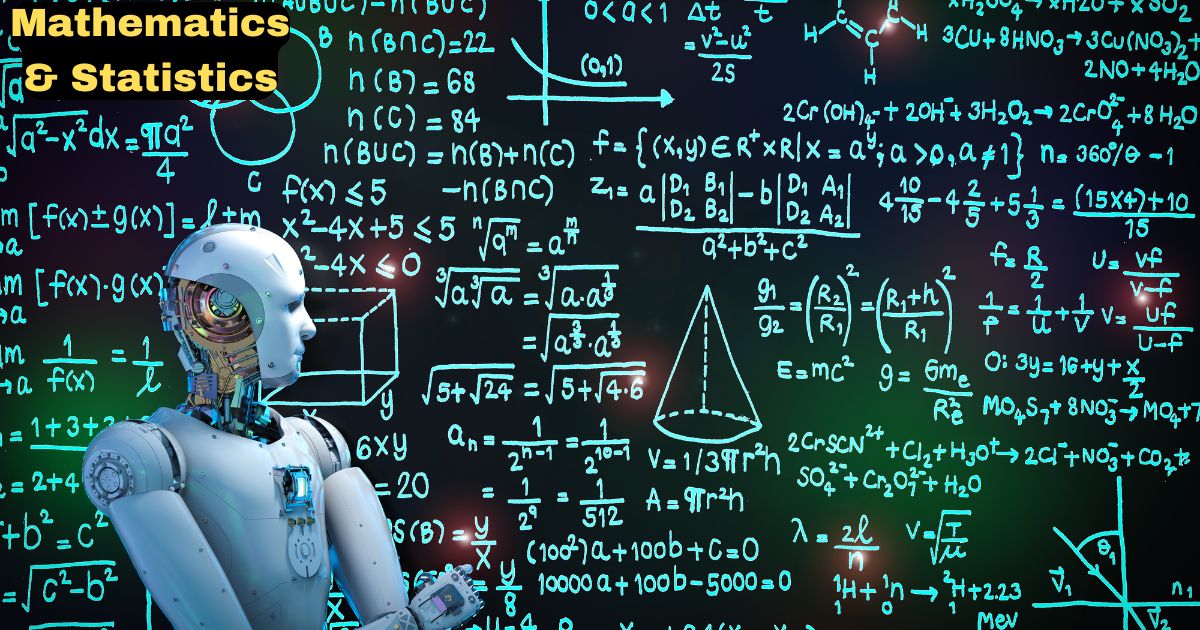
Why Linear Algebra and Calculus Matter
Linear algebra provides the foundation for understanding machine learning models, particularly those involving high-dimensional data. Similarly, calculus is essential for optimization problems, ensuring that models like neural networks function effectively.
Statistical Techniques
Statistics allows data scientists to make sense of data. Techniques like hypothesis testing, confidence intervals, and descriptive statistics are vital for drawing meaningful conclusions from datasets. These methods help validate findings and reduce uncertainty in predictions.
Machine Learning and AI
Machine learning and AI are at the heart of data science, driving automation and predictions.
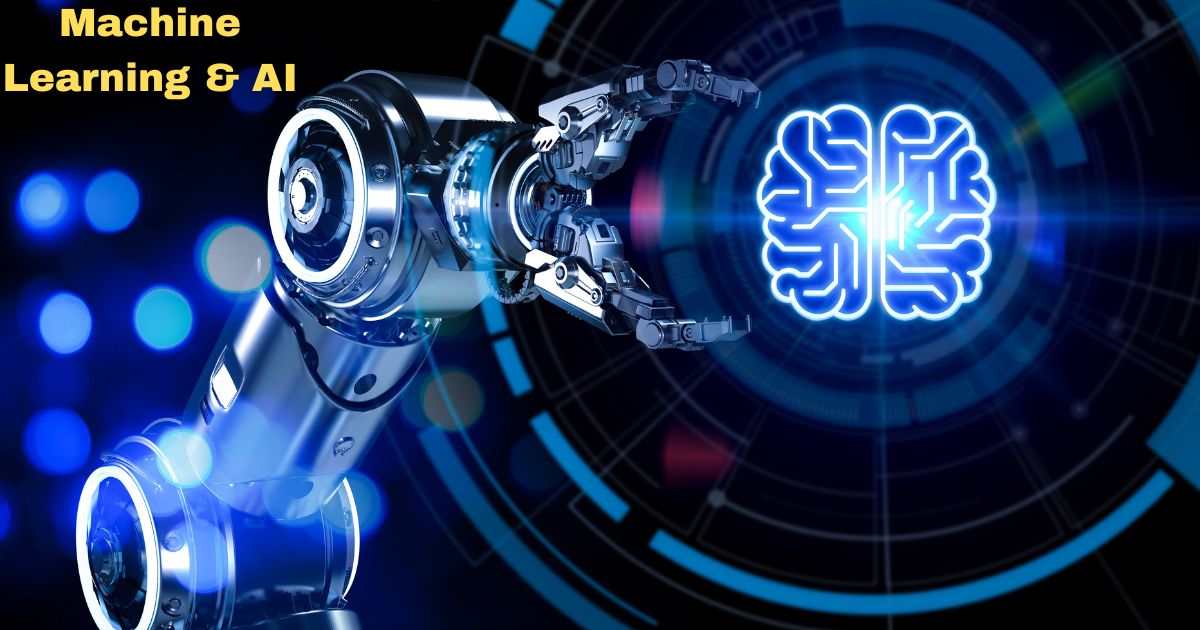
Supervised Learning Techniques
Supervised learning involves training a model on labeled data to predict outcomes. Algorithms like linear regression, logistic regression, and random forests are commonly used for these tasks. They form the backbone of applications like fraud detection and personalized recommendations.
Unsupervised Learning Applications
Unsupervised learning, on the other hand, works with unlabeled data to identify patterns. Clustering methods like K-means and hierarchical clustering are widely used for market segmentation and customer profiling.
Deep Learning and Its Scope
Deep learning pushes the boundaries of machine learning, enabling complex applications such as image recognition, natural language processing, and speech synthesis. Frameworks like TensorFlow, Keras, and PyTorch simplify the process of building and deploying deep learning models.
Data Visualization
Data visualization bridges the gap between analysis and actionable insights.
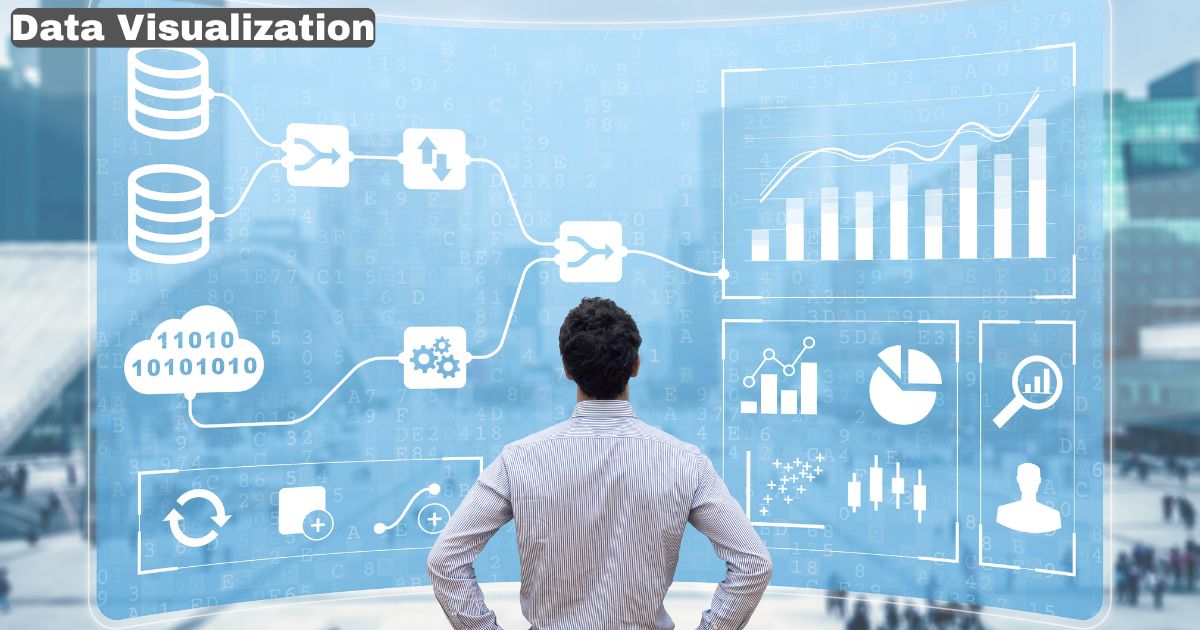
Tools for Professional Visualization
Platforms like Tableau and Power BI are ideal for creating interactive dashboards that provide a holistic view of datasets. Python libraries such as Plotly and Seaborn offer additional flexibility for customized visualizations.
Turning Data into Stories
Beyond tools, effective storytelling is key. The ability to communicate findings clearly and concisely ensures that data insights are actionable and impactful.
Big Data Tools
The rise of big data has introduced new tools and platforms for managing massive datasets.
Hadoop and Spark in Data Science
Hadoop and Spark are integral to handling distributed data systems. They enable data scientists to process terabytes of information efficiently, making them essential for companies dealing with large-scale data.
The Role of Cloud Platforms
Cloud platforms like AWS, Google Cloud, and Microsoft Azure offer scalable solutions for storing and processing data. They also provide machine learning services, allowing data scientists to experiment and deploy models effortlessly.
Complementary Soft Skills
Technical skills alone won’t guarantee success. Soft skills like effective communication, problem-solving, and teamwork are equally important. A data scientist must often explain complex concepts to non-technical stakeholders, making the ability to simplify and convey information a vital asset.
Conclusion
The journey to becoming a skilled data scientist is not easy, but it is incredibly rewarding. By mastering these technical skills and pairing them with a problem-solving mindset, you can thrive in this ever-evolving field. Keep learning, stay curious, and embrace challenges as opportunities to grow.
Click Here To read More from us
FAQs
1. Which programming languages are essential for data science?
Python and R are essential for their versatility and specialization in data analysis and visualization.
2. How can mathematics improve your data science career?
Mathematics forms the backbone of machine learning algorithms, helping data scientists understand how models work.
3. Do I need a degree to be a data scientist?
While a degree helps, many data scientists succeed by learning skills through online courses, projects, and hands-on experience.
4. What are the top tools for handling big data?
Hadoop, Spark, and cloud platforms like AWS are indispensable for managing and processing large datasets.
5. What’s the best way for beginners to learn data science?
Start by learning Python and SQL, practicing with real-world datasets, and building small projects to develop practical experience.



